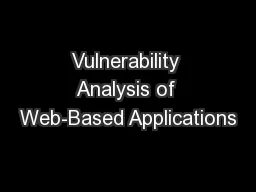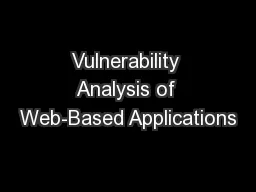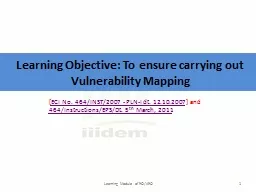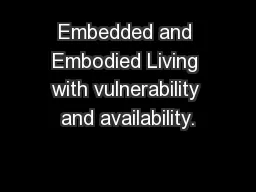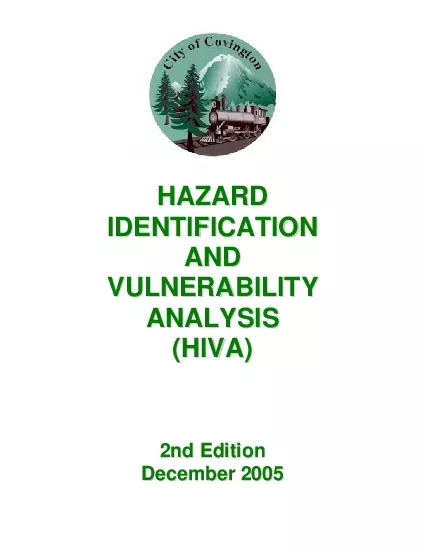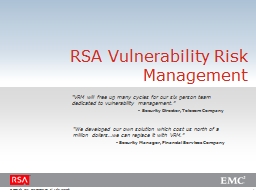PPT-Vulnerability Analysis of Web-Based Applications
Author : phoebe-click | Published Date : 2016-08-09
Part 1 Authors Marco Cova et al Presented by Brett Parker and Tyler Maclean Outline Intro Background Trends Technologies Attacks Vulnerability Analysis Why web
Presentation Embed Code
Download Presentation
Download Presentation The PPT/PDF document "Vulnerability Analysis of Web-Based Appl..." is the property of its rightful owner. Permission is granted to download and print the materials on this website for personal, non-commercial use only, and to display it on your personal computer provided you do not modify the materials and that you retain all copyright notices contained in the materials. By downloading content from our website, you accept the terms of this agreement.
Vulnerability Analysis of Web-Based Applications: Transcript
Download Rules Of Document
"Vulnerability Analysis of Web-Based Applications"The content belongs to its owner. You may download and print it for personal use, without modification, and keep all copyright notices. By downloading, you agree to these terms.
Related Documents

